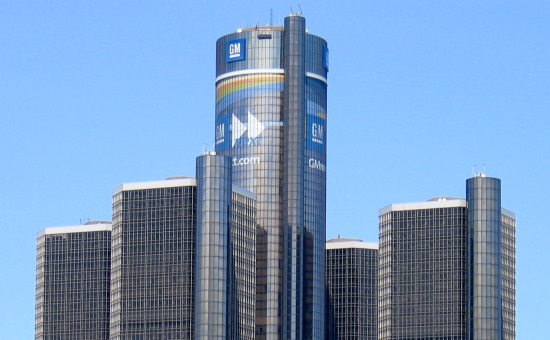Cars and Drivers
What Happens If GM Loses Its Bankruptcy Shield?
Published:
Last Updated:

In a hearing in federal court on Tuesday, the bankruptcy judge in the case listened to arguments over whether “new GM” can remain behind the so-called bankruptcy shield that he had previously approved. The shield protects the “new GM” by preventing customers from filing suits for compensation for, among other things, injuries related to GM cars built before the 2009 bankruptcy date.
Victims may sue “old GM,” but even if they win, they have to get in line with all of “old GM’s” creditors. Chances of receiving substantial compensation are pretty poor.
In Tuesday’s hearing, GM argued that “new GM” has no responsibility to assume liabilities beyond those that were spelled out in the 2009 bankruptcy order.
ALSO READ: 4 Stocks to Buy With Domestic and Global Vehicle Sales Booming
Victims argued that because GM knew about the defective ignition switches at the time of the bankruptcy, the company should have revealed the problem. Had plaintiffs known of the defective switches, they would have objected to the bankruptcy sale.
Lacking the right to sue, victims and survivors must accept the decision of Kenneth Feinberg, the lawyer hired by GM to administer the compensation program the company announced last summer. The claims program last summer turned up 4,180 claims including 455 death claims by the December 31, 2014, filing deadline. In addition to the death claims, there were 278 claims for more serious injuries and 3,447 claims for less severe injuries. A total of 128 claims have been approved, including 51 death claims, as of early February.
What victims are seeking in this case is the right to take their case to a jury. Because juries are often more attuned to the plight of victims, jury awards could be significantly higher than the compensation offered by Feinberg. The compensation program has no upper limit, but GM has every reason to believe that no matter what it has to pay the amount will be less than dozens or hundreds of jury awards. To say nothing of the litigation costs involved and the amount of time it will take before GM and its investors can close the books on this sorry chapter in the company’s history.
The court hearing continues on Wednesday, and there is no schedule for when a ruling is due from the court. GM’s shares traded up about 0.4% Wednesday morning at $37.39 in a 52-week range of $28.82 to $38.18.
ALSO READ: Meet the 2015 Warren Buffett and Berkshire Hathaway Stocks
Start by taking a quick retirement quiz from SmartAsset that will match you with up to 3 financial advisors that serve your area and beyond in 5 minutes, or less.
Each advisor has been vetted by SmartAsset and is held to a fiduciary standard to act in your best interests.
Here’s how it works:
1. Answer SmartAsset advisor match quiz
2. Review your pre-screened matches at your leisure. Check out the advisors’ profiles.
3. Speak with advisors at no cost to you. Have an introductory call on the phone or introduction in person and choose whom to work with in the future
Get started right here.
Thank you for reading! Have some feedback for us?
Contact the 24/7 Wall St. editorial team.